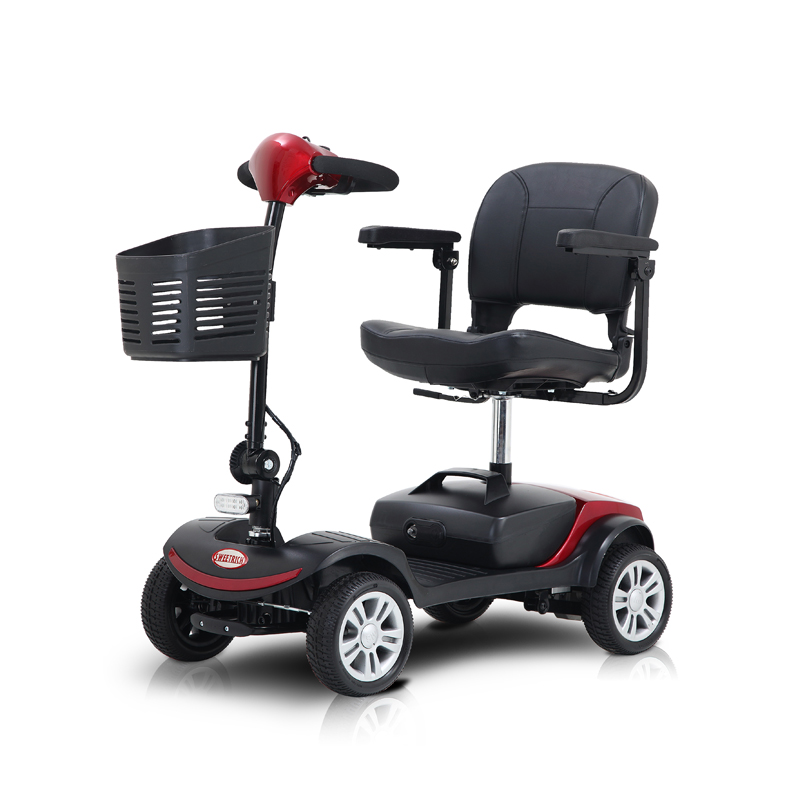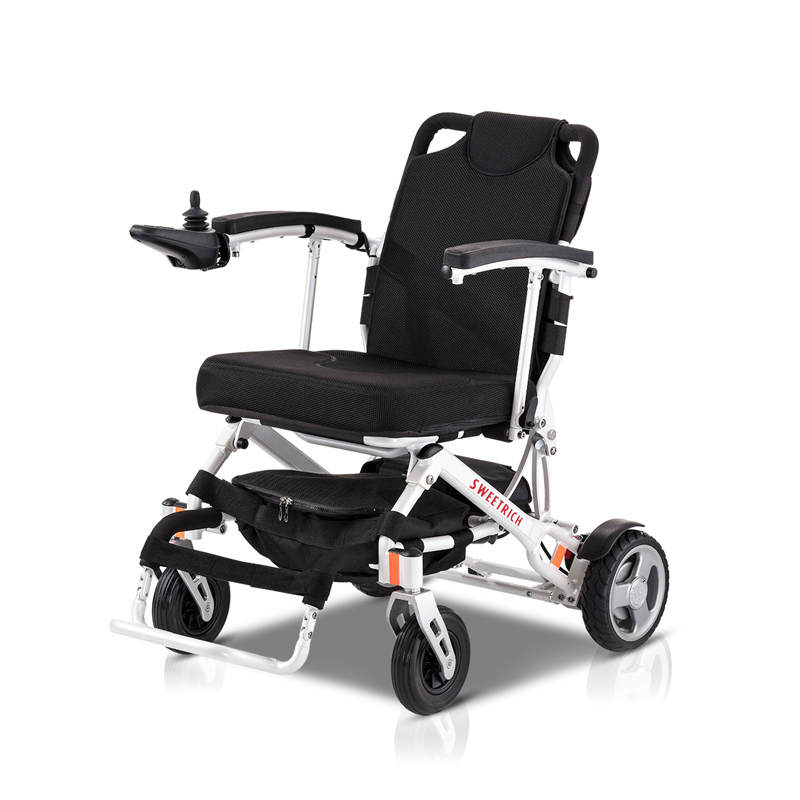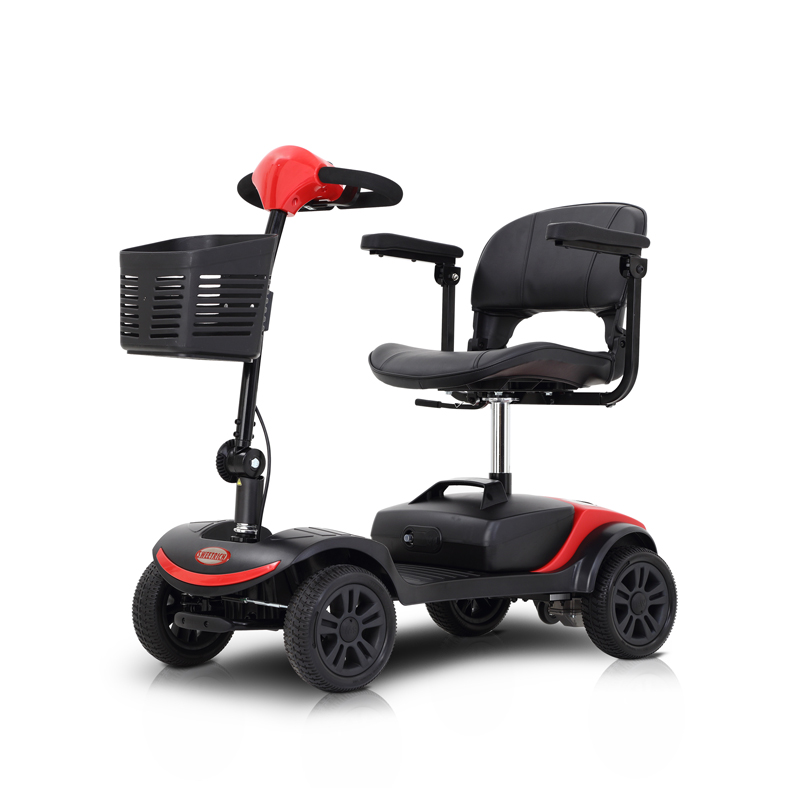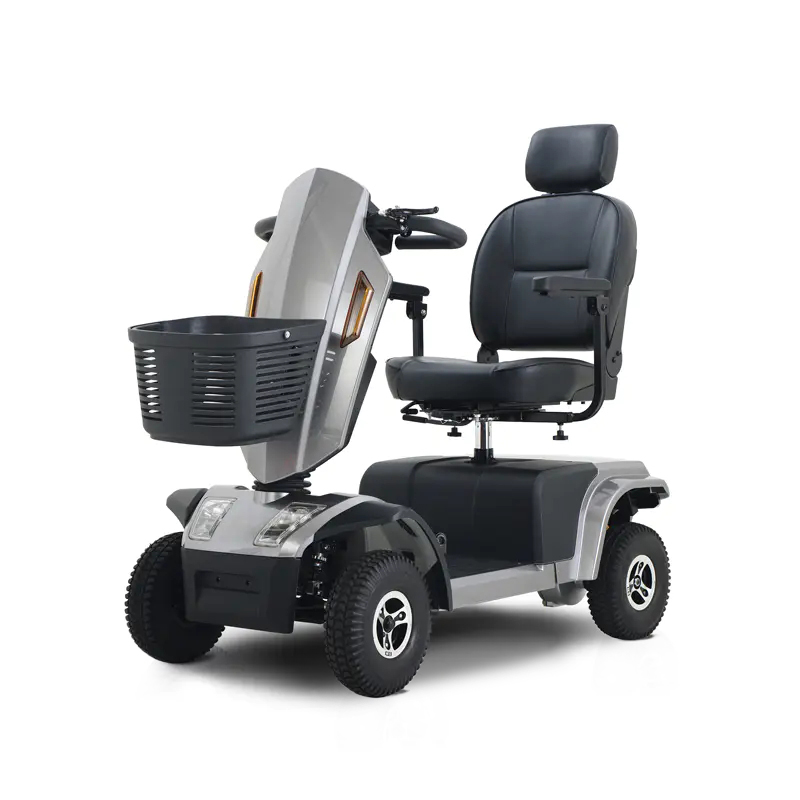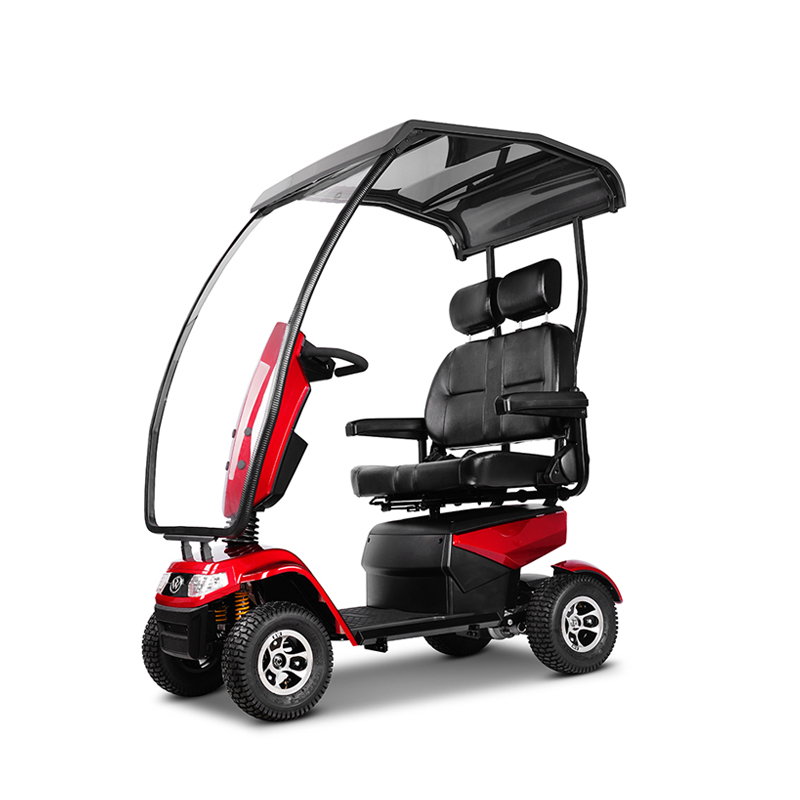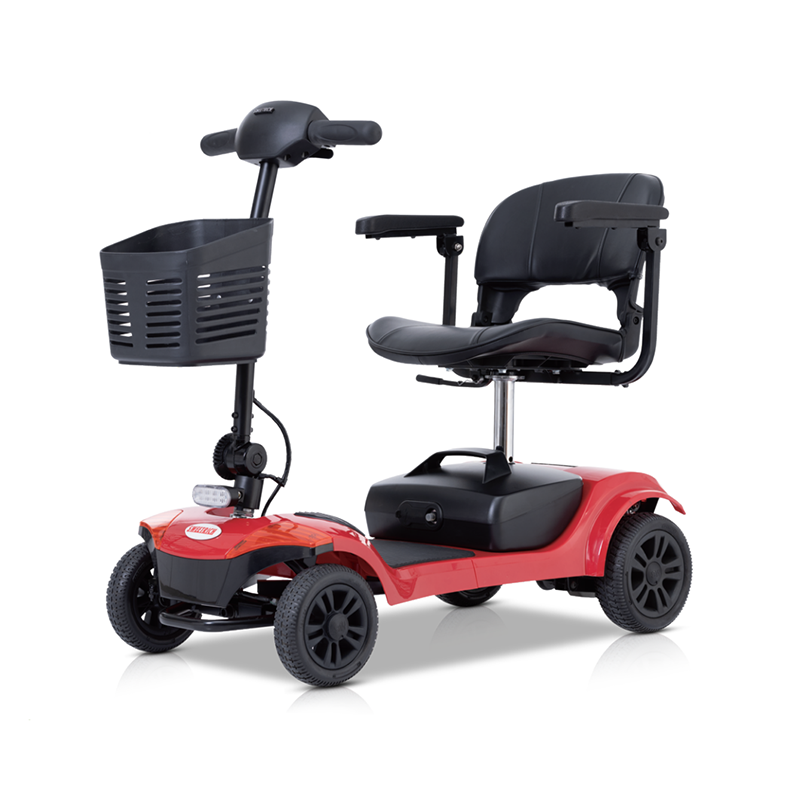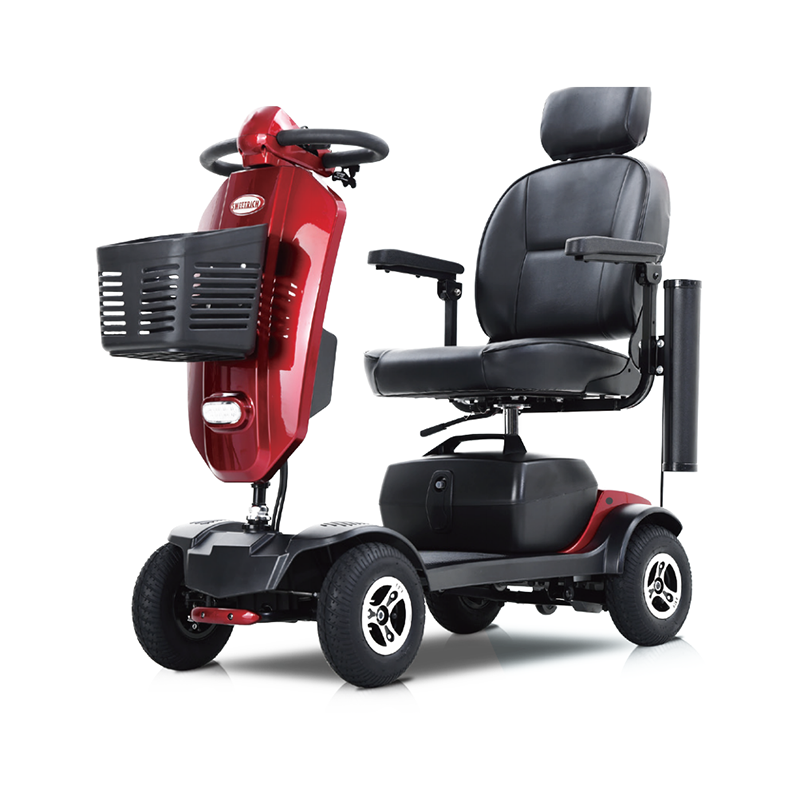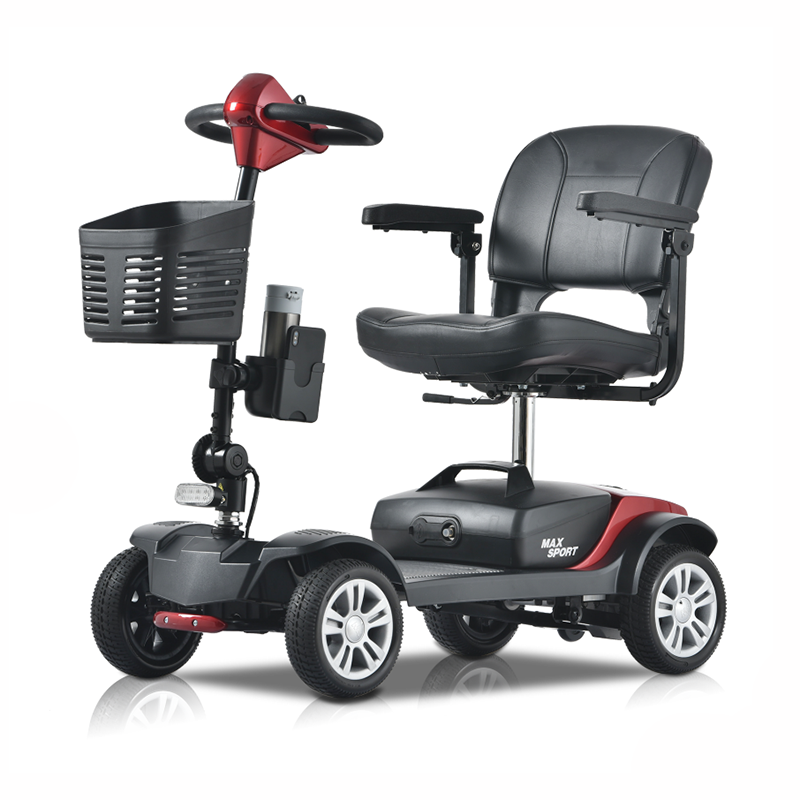In the rapidly developing field of electric transportation, Mobility Scooters, as the new favorite of urban travel, are gradually changing people's travel methods. However, how to ensure the safety of vehicles while pursuing lightweight has become an important issue that this industry must face. As a key link in balancing lightweight and safety, the importance of structural design is self-evident.
Structural design: dual guarantee of lightweight and safety
The lightweight design of Mobility Scooters is not only related to the performance improvement and energy efficiency optimization of vehicles, but also an important way to save energy and reduce emissions and operating costs. However, lightweight does not mean sacrificing safety. On the contrary, it requires designers to find a perfect balance between the two.
Optimizing body structure: the integration of technology and art
Through advanced technologies such as computer-aided design (CAD) and computer-aided engineering (CAE), engineers can accurately calculate and optimize the body structure. These technologies can not only help designers better understand the stress of the body structure, but also perform multiple iterations and tests in a virtual environment to find the optimal design solution.
Take the "cage-type" body structure as an example. This design wraps the passenger compartment by building a skeleton composed of high-strength materials. When a collision occurs, the "cage-type" structure can effectively absorb and disperse the collision energy, reduce the direct impact on the passenger compartment, and thus protect the safety of the occupants. This design not only reduces the weight of the body, but also improves the safety performance of the vehicle. It is a model of both lightweight and safety.
Energy absorption design: details determine success or failure
In addition to the optimization of the overall body structure, energy absorption design is also an important means to improve the safety of Mobility Scooters. Energy absorption zones are set at key parts such as the front and rear of the body. Through reasonable material selection and structural design, the vehicle can quickly deform and absorb energy when a collision occurs. These energy absorption zones are like the "buffer zone" of the vehicle, which can effectively reduce the impact of the collision on the passenger compartment and protect the occupants from injury.
It is worth noting that energy absorption design is not simply to increase the soft material or structure of the body, but it needs to comprehensively consider factors such as the energy absorption characteristics of the material, the deformation mode of the structure, and the size of the collision energy. Only on the basis of a full understanding of these factors can a safe and efficient energy absorption structure be designed.
The structural design challenge of Mobility Scooters in balancing lightweight and safety is not only a test of the designer's wisdom and technical ability, but also the key to promoting the sustainable development of the industry. By continuously optimizing the body structure and introducing advanced energy absorption design, we can make Mobility Scooters lighter and more efficient while ensuring safety, bringing more convenience and possibilities to urban travel. In the future, with the continuous advancement of technology and the improvement of regulations, we have reason to believe that Mobility Scooters will play a more important role in urban transportation.

